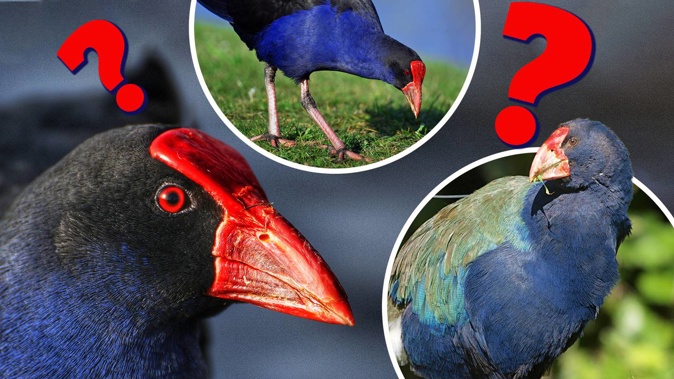
Confusing your mānuka for kānuka? A team of AI researchers have trained an app to differentiate between 11,000 species of New Zealand flora and fauna for use on your next bush walk.
The TAIAO Data Science lab at Waikato and Canterbury universities fed the program over 1 million identified photos of native New Zealand plants, animals and mushrooms. Using the groundbreaking new discipline of machine learning, computer scientists have dared the answer the great outdoors’ greatest question:
“Ooh, what’s that?”
Like a “Shazam for the bush”, the Aotearoa Species Classifier App is currently available on iPhone devices. Testing it on a number of different critters the app recognises relatively obscure mushrooms, birds and trees with ease.
/cloudfront-ap-southeast-2.images.arcpublishing.com/nzme/GTXAVET77JBFDBWVBZZJGQ3POQ.jpg)
Manuka or Kanuka? Researchers have trained the app to recognise the difference between over 11,000 New Zealand native species.
Most impressively it can tell the difference between mānuka and kānuka flowers with 0.947 degrees of certainty. Something even some beekeepers cannot do.
However the key function is for casual users wanting to identify a mystery bird or plant in the wild.
Working offline, without need for mobile data coverage, it is a handy tool for settling trampers’ disputes. Smug amateur naturalists can now harness the power of artificial intelligence to back up their claims with impressive accuracy. But it’s not perfect.
The app’s programmers, Hongyu Wang and Paul Schlumbom of the University of Waikato, say that the software should be used with some degree of skepticism. Like any artificial intelligence models there are limitations and quirks.
/cloudfront-ap-southeast-2.images.arcpublishing.com/nzme/I5OHEPARYFGE7MLCN3CI2JEOTI.jpg)
Hongyu Wang and Paul Schlumbom from University of Waikato programmed the Aotearoa Species Classifier app. Photo / Supplied, University of Waikato
It does seem to struggle with partial images of animals. When given a bird’s foot it will sometimes misidentify your mystery bird as a “Weka”. Possibly because there are so many pictures of Wekas in the database.
Having been trained from the public database iNaturalist.org, using pictures uploaded by hikers, it tends to see the world from the eyes of a tramper. It performs better with smaller detailed photos of leaves rather than photos of the forest or a whole tree.
“It likes giving answers,” says Schlumbom, but the software is not so good at questioning these assumptions.
“In a benign use case, this is not a problem.”
/cloudfront-ap-southeast-2.images.arcpublishing.com/nzme/SS7CCAW77NDZXBW5U7S3UGHGFE.jpg)
Piwakawaka; Rimu and Dotterel: The Aotearoa Species Identifier is, usually, accurate... North Island Giant Moa?
Originally the ‘proof of concept’ had been developed as a way to identify pests or invasive species. Something that it may still go on to do. However, the researchers are quick to point out the limits of training a computer on any specific set of data.
“Because naturalists don’t bother to upload pictures of cats, they are often misidentified as possums or rats by our current model,” says Wang, explaining one quirk of the programme.
It has great potential for future applications, identifying New Zealand species at scale - such as finding outbreaks of pests and non-native plants. However, there will be human researchers and conservation workers on hand to interpret the data.
Fortunately, MPI is unlikely to be training the ‘invasive species Terminator’ on the data set and letting it loose on the unsuspecting house cats of New Zealand anytime soon.
Take your Radio, Podcasts and Music with you









